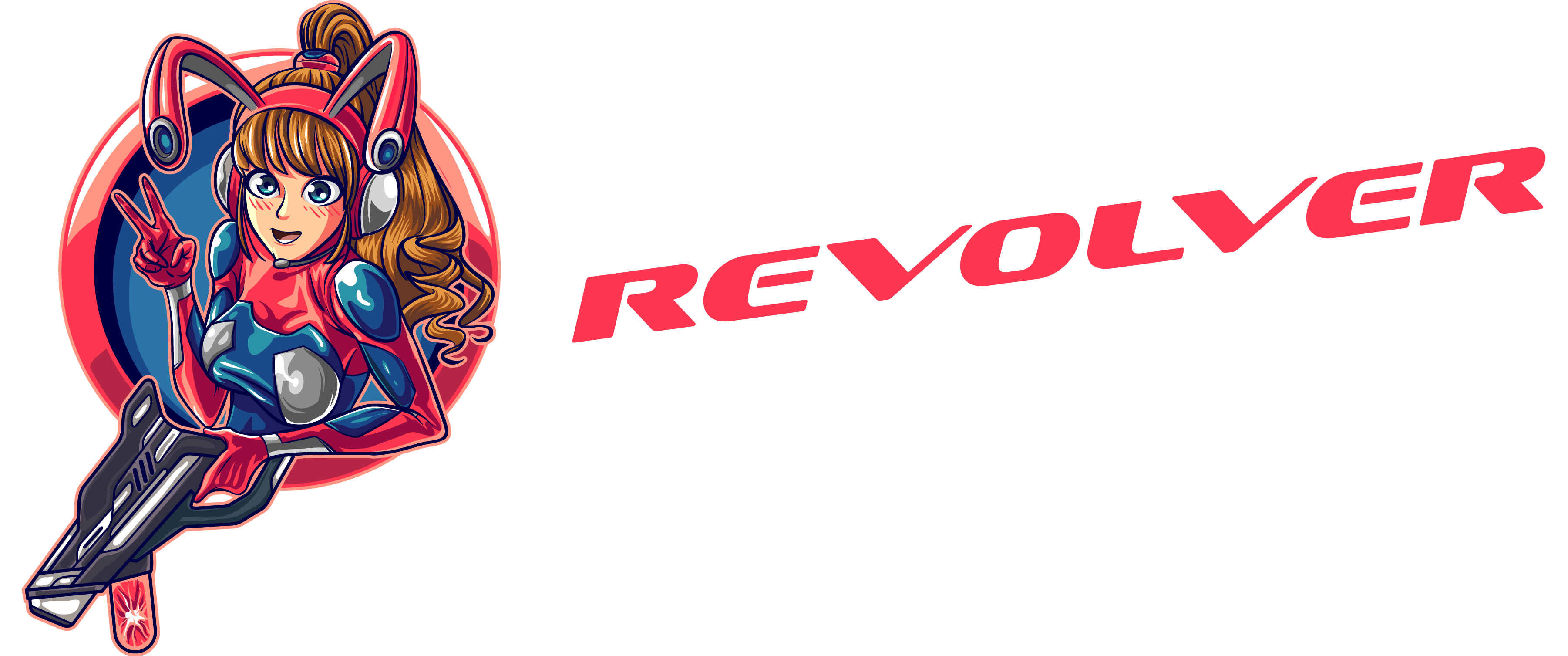Massively multiplayer online (MMO) games have always been part of youth culture in South Korea. Many games have evolved into professional eSports, and recently, this has become a great way to earn real-world money. Thanks to blockchain technology and play-to-earn (P2E) models, Korean MMO players are cashing in on their gameplay by earning crypto. They are incorporating blockchain features into new and classic MMOs. This way, South Korea has fused gaming and finance, attracting a whole new wave of young players.
The Blockchain Gaming Boom in South Korea
South Korea has always been a leader in online gaming. Games like Lineage, MapleStory, and Black Desert Online have been popular for a long time, with gaming cafes (PC bangs) as a major part of gaming culture. Blockchain has been mainstream in South Korea for a while, so it was only a matter of time before Korean developers started mixing crypto into their games. One of the most popular pioneers in this space is Wemade, the studio behind MIR4. On this platform, players can earn a cryptocurrency called DRACO. For example, in MIR4, players mine a resource known as Darksteel, and convert it into DRACO, which is then traded for further rewards. The integration of the crypto economy into traditional MMOs attracted millions of players worldwide, and it especially resonated with the Korean audience, which is already familiar with resource farming. After Wemade’s success, other developers have also announced, or already launched, blockchain-powered titles. For example, Com2uS and Netmarble include in-game token economies, NFT-based assets, and mechanisms that reward players for participating and contributing to the ecosystem.
Earning Through In-Game Staking and Play
Traditional MMOs were about leveling up, collecting rare items, and defeating final bosses. On the other hand, blockchain-based Korean MMOs give players a chance to earn cryptocurrencies passively and actively. One of the most popular ways to earn in this model is staking. But what exactly is staking? In some games, players can stake in-game assets, such as weapons, characters, or currency, to receive crypto rewards over time. This encourages long-term engagement, and adds more excitement to the gameplay. However, staking isn’t just happening inside games. Many Korean gamers are investing in tokens from gaming projects or related ecosystems to generate passive income over time. According to a recent guide by Sanghee Yun, before you dive into crypto staking, it’s important to understand the best staking platforms, compare yield rates, safety features, and supported coins. This information can help players grow their crypto income outside the game. (Source: https://cryptonews.com/kr/cryptocurrency/best-crypto-staking-platforms/).
The Rise of Side Income Gaming
The built-in crypto mechanics in games offer serious earning opportunities. But, as mentioned previously, many Korean gamers are developing side income strategies connected to their MMO adventures. Let’s take a look at some of the most popular ones. Token trading is a big one. Players who earn in-game tokens, like DRACO or MBX, often trade them on local exchanges such as Bithumb or Upbit. If they time the market right, some can get a nice profit, just like with any other altcoin. In blockchain MMOs where items, characters, or land are minted as Non-Fungible Tokens (NFTs), money can be made through flipping. For example, players can buy rare or limited-edition assets at a low price and sell them later, when demand spikes. If an item has unique traits or is rare, it can sell for quite a bit in NFT marketplaces. Another way to earn passively is through guild-based profit sharing. Many MMOs reward active guilds with a portion of the game’s token emissions, which are then shared among members. The higher the guild’s rank or achievement is, the bigger the reward. It’s also a great way to team up with others and work together. And of course, we can’t forget content creation and streaming. As blockchain gaming takes off, Korean gamers are building audiences on YouTube and Twitch by posting game tutorials, crypto guides, and live gameplay. Some earn through sponsorships from blockchain gaming platforms, turning their gaming into extra income.
Regulatory Problems and Market Limitations
The crypto gaming space in Korea is rapidly growing, but it has its challenges. South Korea’s Game Rating and Administration Committee (GRAC) has been cautious about approving games with crypto payouts, pointing to concerns over gambling-like mechanics and financial risks for young players. As a result, some blockchain MMOs have faced delays or restrictions in their domestic launch. 
What Lies Ahead
The intersection of Korean MMOs and cryptocurrency is still evolving, but one thing is clear: gaming is no longer just about fun or fantasy. It became a financial ecosystem of its own. The rise of earnable MMOs is reshaping how players view their time in game. What used to be seen as a hobby or competitive passion is now a side hustle.
In a country where job competition is fierce and freelance work is gaining popularity, blockchain gaming represents a flexible income stream. As Korean developers continue to innovate and adapt to global trends and domestic regulations, we can expect better models that blend gameplay with meaningful earning opportunities.

